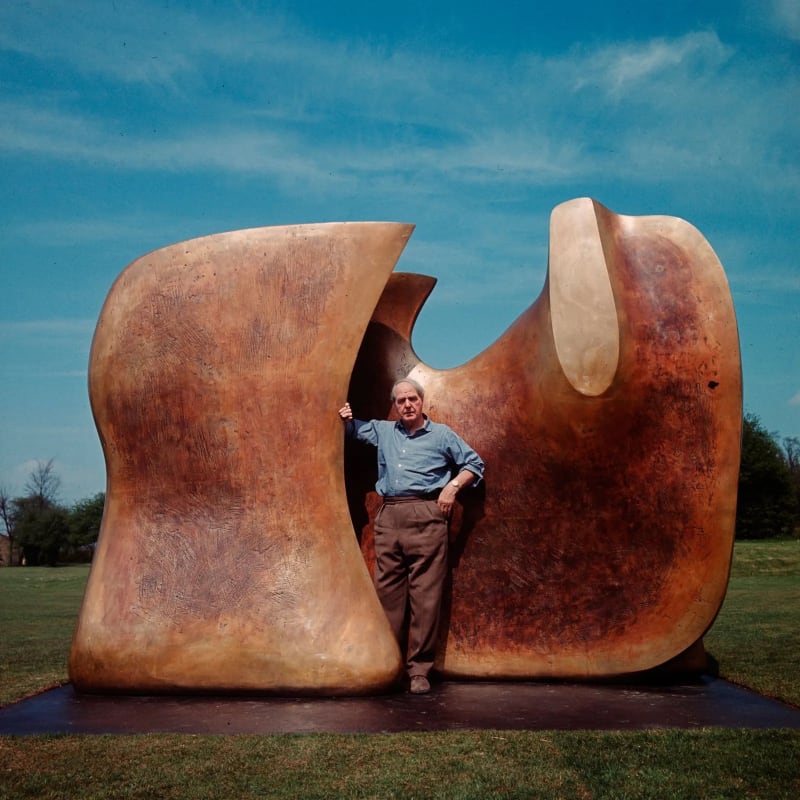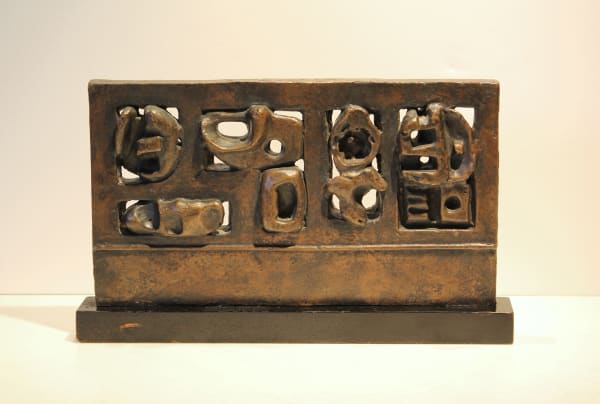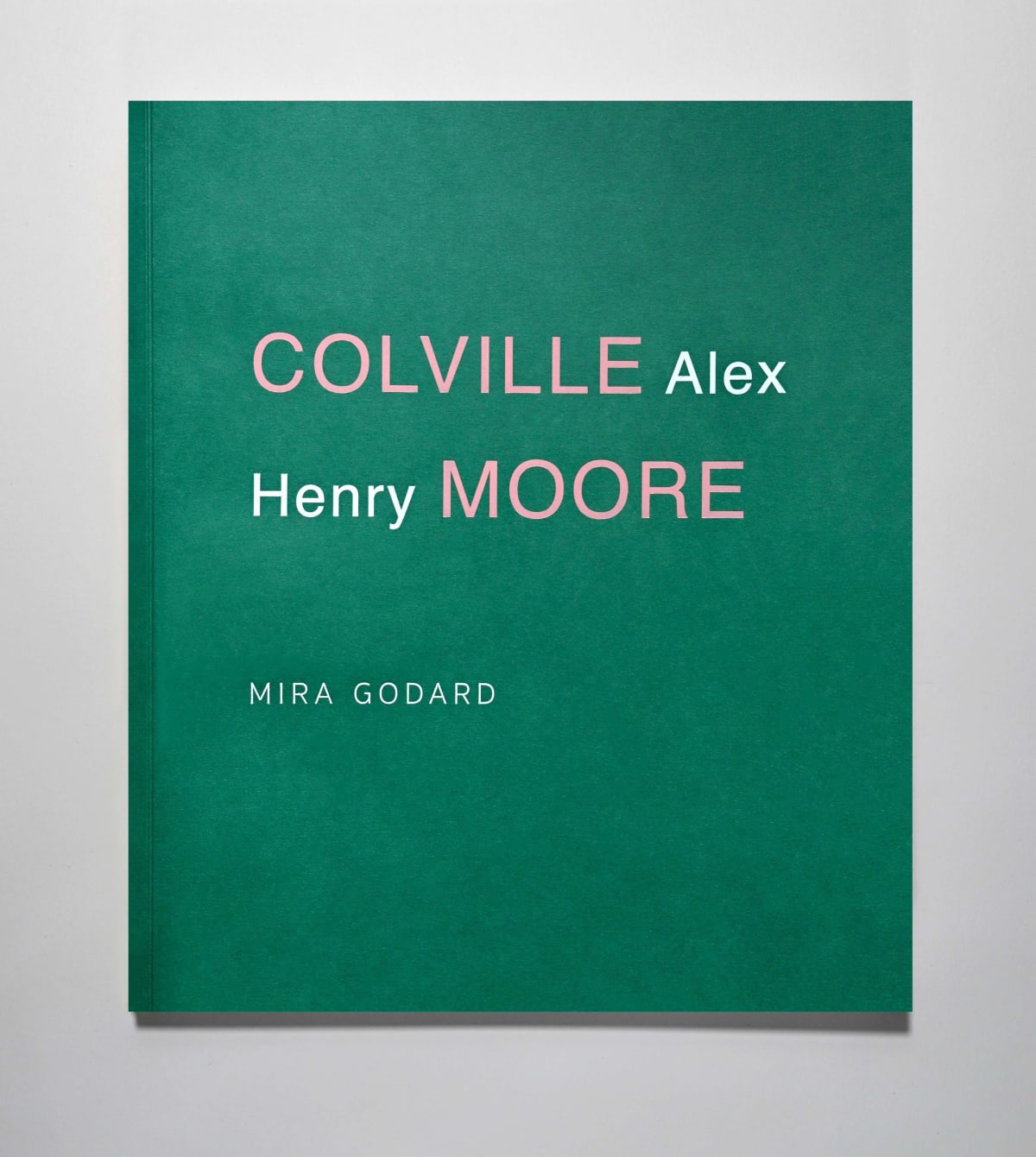HENRY MOORE 1898-1986
A sculpture must have its own life. Rather than give the impression of a smaller object carved out of a bigger block, it should make the observer feel that what he is seeing contains within itself its own organic energy thrusting outwards – if a work of sculpture has its own life and form, it will be alive and expansive, seeming larger than the stone or wood from which it is carved. It should always give the impression, whether carved or modeled, or having grown organically, created by pressure from within.
An Interview with Henry Moore
Donald Hall
Horizon, New York
November, 1960
HENRY MOORE was born in Castleford, United Kingdom in 1898, and passed away in 1986 at his home in Perry Green.
After Moore turned eighteen, he volunteered for army service in the First World War. He was injured in a gas attack in 1917, and after recovering he served the rest of the war as a physical training instructor. Moore received an ex-serviceman's grant to continue his education, using it to become a student at Leeds School of Art. In 1921, Moore won a scholarship to study at the Royal College of Art in London, where he eventually began to teach.
Moore's first public commission, "West Wind", 1928-29, was one of eight reliefs of the four winds on the walls of London Underground's headquarters at 55 Broadway. Moore had his first solo exhibition at Warren Gallery in London in 1928.
During World War II, Moore was recruited as an official war artist and created his famous drawings of people seeking shelter in London's Underground. By the end of the war, Moore was already the subject of widespread acclaim. In 1946 The Museum of Modern Art in New York held a major retrospective of his work, and two years later Moore won the International Sculpture Prize at the 1948 Venice Biennale.
Henry Moore's profound work introduced styles such as Surrealism and primitivism to the wider public. With his organically shaped, abstract, bronze and stone figures he is credited with the major 20th century manifestation of the humanist tradition through sculpture. His work is found in numerous important public collections around the world, including Art Gallery of Ontario, Galleria Nazionale d'Arte Moderna, Rome, Italy; Montreal Museum of Fine Arts, Quebec; The Museum of Modern Art, New York; Neue Nationalgalerie, Berlin, Germany; Pola Museum of Art, Hakone, Japan and Tate, United Kingdom.







